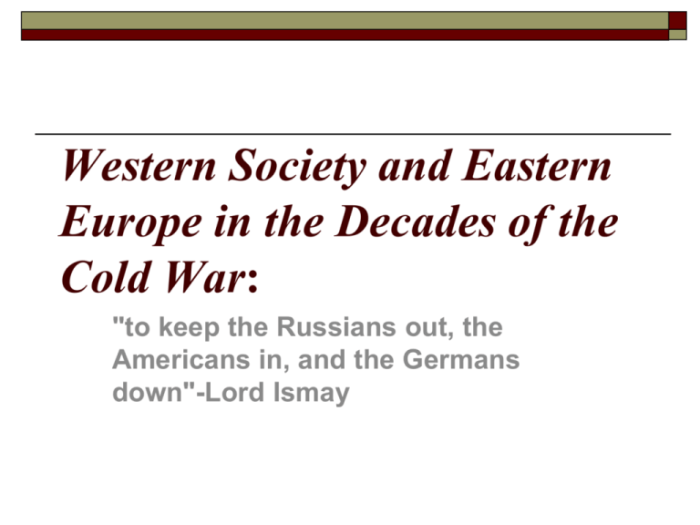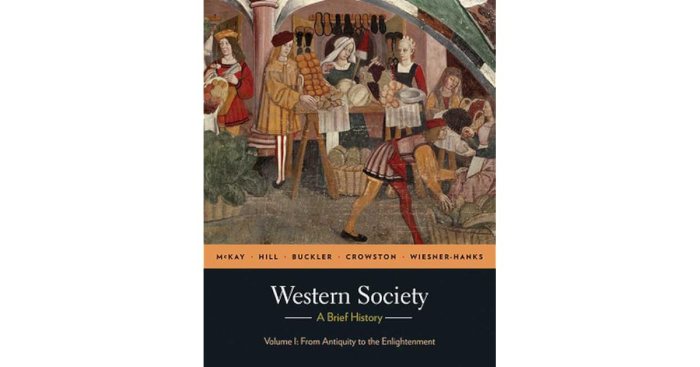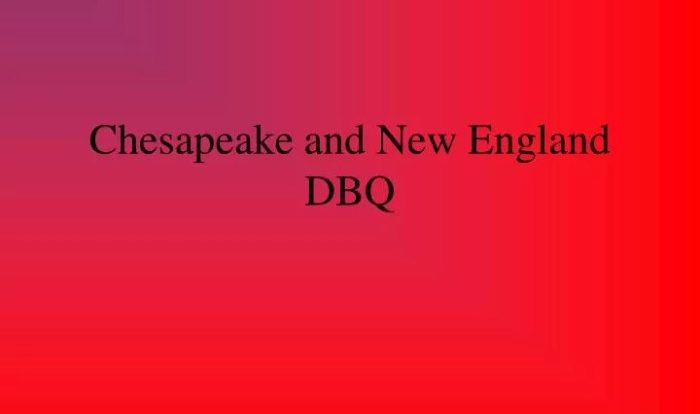A history of western society 11th edition – A History of Western Society, 11th Edition, invites readers on an immersive journey through the captivating narrative of Western civilization. This authoritative text unveils the intricate tapestry of political, social, economic, and cultural developments that have shaped our world, providing a comprehensive understanding of the foundations and evolution of Western society.
From the transformative era of the Middle Ages to the profound impact of the Enlightenment, from the tumultuous French Revolution to the transformative Industrial Revolution, this volume traces the pivotal moments and key figures that have left an enduring legacy on Western thought and institutions.
1. The Middle Ages

The Middle Ages, also known as the Medieval period, lasted from the fall of the Western Roman Empire in the 5th century to the beginning of the Renaissance in the 15th century. It was a time of significant political, social, and economic changes in Western Europe.
Politically, the Middle Ages was characterized by the rise of feudalism, a system of land tenure and social organization in which peasants were bound to the land and owed allegiance to a lord. This system led to the development of a hierarchical society with the king at the top, followed by nobles, knights, and peasants.
Socially, the Middle Ages was a time of great inequality. The majority of the population was made up of peasants who lived in poverty and had little opportunity for advancement. The upper classes, including the nobility and clergy, enjoyed a much higher standard of living.
Economically, the Middle Ages was a period of slow growth. Agriculture was the main source of income, and trade was limited. However, the Crusades, a series of religious wars fought between Christians and Muslims, led to increased trade and the introduction of new goods and ideas into Europe.
The Role of the Church, A history of western society 11th edition
The Church played a central role in shaping Western society during the Middle Ages. It was the largest and most powerful institution in Europe, and it controlled both religious and secular affairs.
The Church provided spiritual guidance and education to the people of Europe. It also played a role in social welfare, providing food and shelter to the poor and sick.
However, the Church was also a source of conflict during the Middle Ages. The Crusades, which were fought in the name of Christianity, led to violence and bloodshed. The Church also persecuted those who did not share its beliefs, including Jews and heretics.
Cultural and Intellectual Achievements
Despite the challenges of the Middle Ages, it was also a time of great cultural and intellectual achievement.
- The Gothic style of architecture, characterized by its pointed arches and stained glass windows, flourished during the Middle Ages.
- The universities of Oxford and Cambridge were founded during this period.
- The works of Thomas Aquinas, a Dominican friar, helped to shape Christian theology.
2. The Renaissance

The Renaissance was a period of great cultural and intellectual change that began in Italy in the 14th century and spread to the rest of Europe in the 15th and 16th centuries.
The Renaissance was inspired by the rediscovery of classical Greek and Roman culture. Humanists, scholars who studied the classics, argued that the human individual was capable of great achievements and that reason and observation were the best ways to understand the world.
The Renaissance led to a number of important changes in Western society.
Humanism
Humanism emphasized the importance of the individual and the human experience. This led to a new focus on art and literature that celebrated the beauty and potential of the human body and mind.
Scientific Inquiry
The Renaissance also saw a renewed interest in scientific inquiry. Scholars such as Copernicus and Galileo challenged the traditional Aristotelian view of the universe and laid the foundation for modern science.
Exploration
The Renaissance also led to a new era of exploration. European explorers such as Christopher Columbus and Vasco da Gama set out to find new lands and trade routes, which led to the discovery of the Americas and the establishment of European colonies around the world.
Renaissance Art, Literature, and Music
The Renaissance was a time of great artistic and literary achievement.
- Artists such as Leonardo da Vinci, Michelangelo, and Raphael created masterpieces that are still admired today.
- Writers such as Dante, Petrarch, and Shakespeare wrote works that explored the human condition.
- Composers such as Palestrina and Josquin des Prez developed new forms of music that were more complex and expressive than anything that had come before.
FAQ Explained: A History Of Western Society 11th Edition
What is the scope of A History of Western Society, 11th Edition?
This comprehensive text covers the major political, social, economic, and cultural developments of Western civilization from the Middle Ages to the 20th century.
How does the book approach the study of Western history?
The text adopts a chronological approach, tracing the evolution of Western society through key periods and events, while also highlighting the continuities and interconnections that span different eras.
What are the key features of the 11th edition?
The 11th edition incorporates the latest scholarship, includes updated maps and illustrations, and features a revised chapter on the 20th century that reflects recent historiographical trends.
